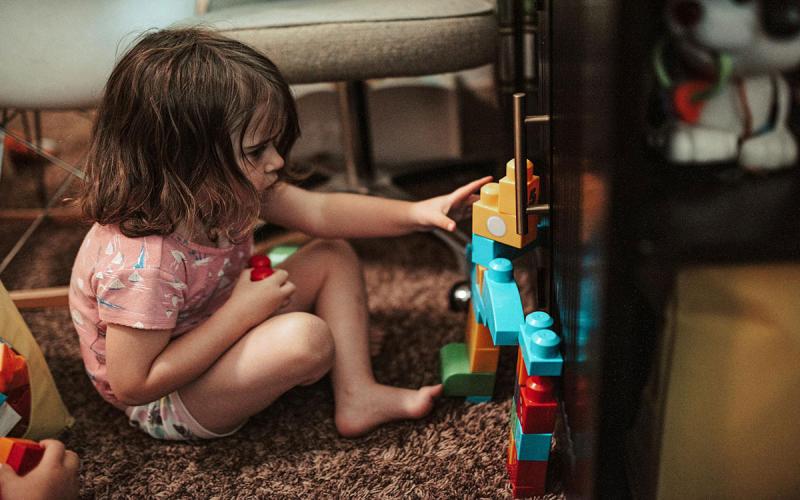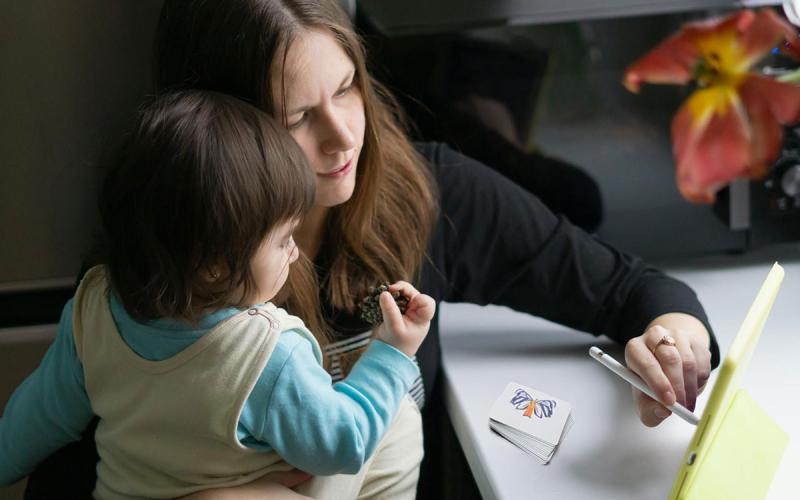
Have you put out new playdough or nicely displayed the block area only to come back after free play finding beads and animals in your dough and the blocks strung everywhere? Do you find this challenging and find yourself in a “play cop” mindset?
This response to the children’s behaviors can affect joy and learning and it disrupts the investigative learning and the child’s developmental progression. Schema play can seem challenging, but it really helps children make meaning of their world. By learning to identify these behaviors, educators and parents can support children’s interests, respect their play, and turn frustrating moments into growth and joy.
Understanding Schemas
According to Sean Durham and his colleagues who wrote in the Spring 2025 issue of NEAYC Young Children, “Schemas help form connection in the brain, build new ideas and understandings, and develop useful skills.” Researchers Deb Curtis and Nadia Jaboneta have identified some common ways that children exhibit schemas:
- Transporting: move or push objects around the room, carry objects, and move objects from place to place.
- Transforming: combine substances during messy play and combine parts to make new creations.
- Trajectory: run, swing, push, pull and throw items.
- Rotation and circularity: roll or spin their bodies. They are fascinated with wheeled or spinning objects and with making curved and circular lines.
- Enclosing and enveloping: hide objects, create enclosures or fences for toy animals, cover up with a blanket, and put items into holes.
- Connecting and disconnecting: use tape or string to join things together. They construct piles, kick down structures, and play with connecting blocks and toys.
- Orientation and perspective: seek ways to climb up high, crawl beneath furniture, and hang upside down. They also like to look through objects’ places close to their eyes.
By embracing these schemas and understanding these behaviors, teachers and even parents can begin to find meaning and help their children to enhance their physical, cognitive, and social and emotional development.


